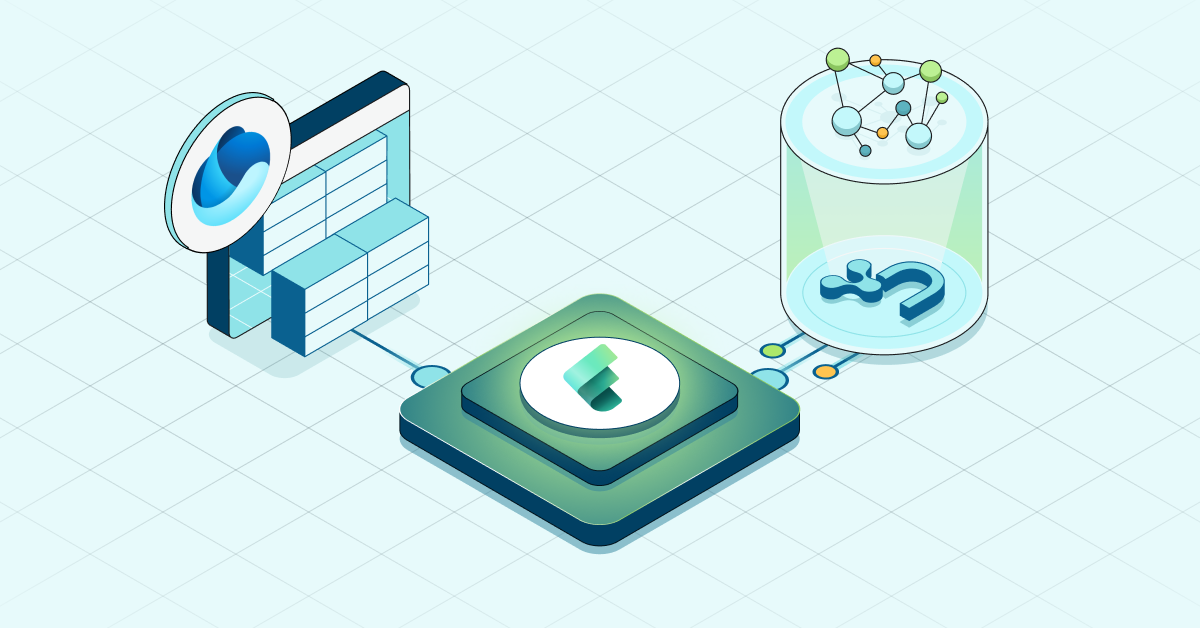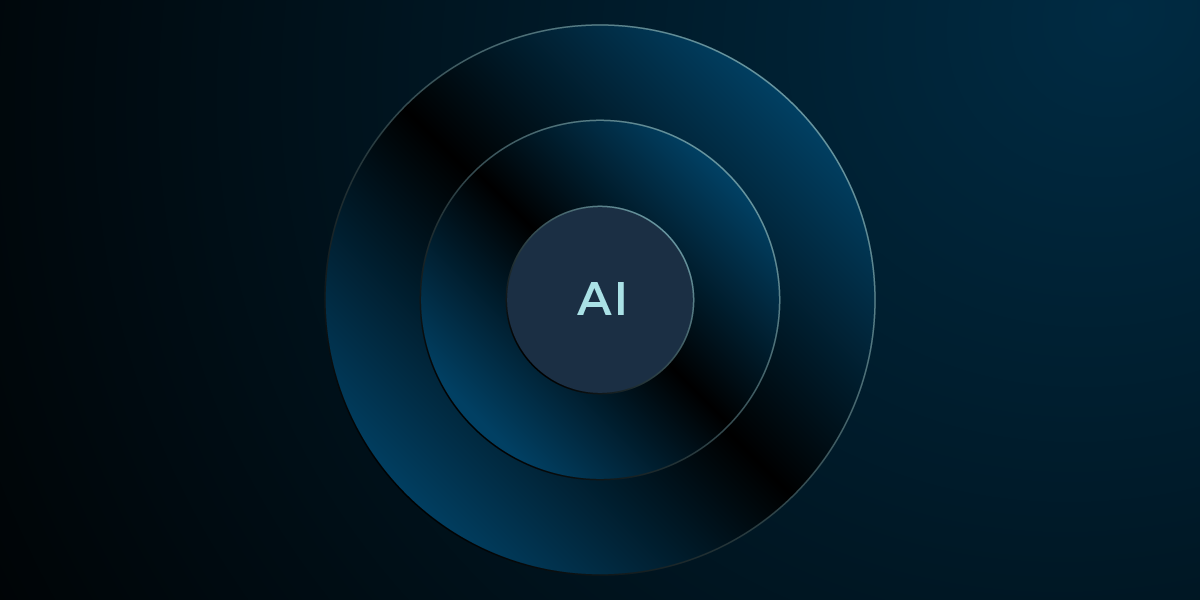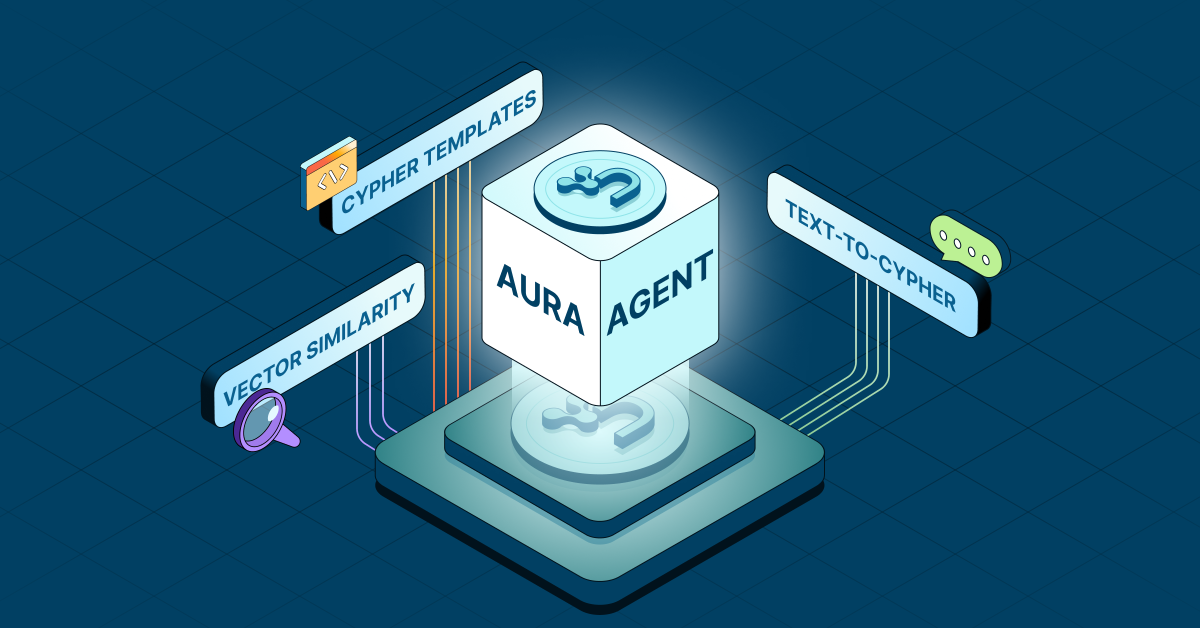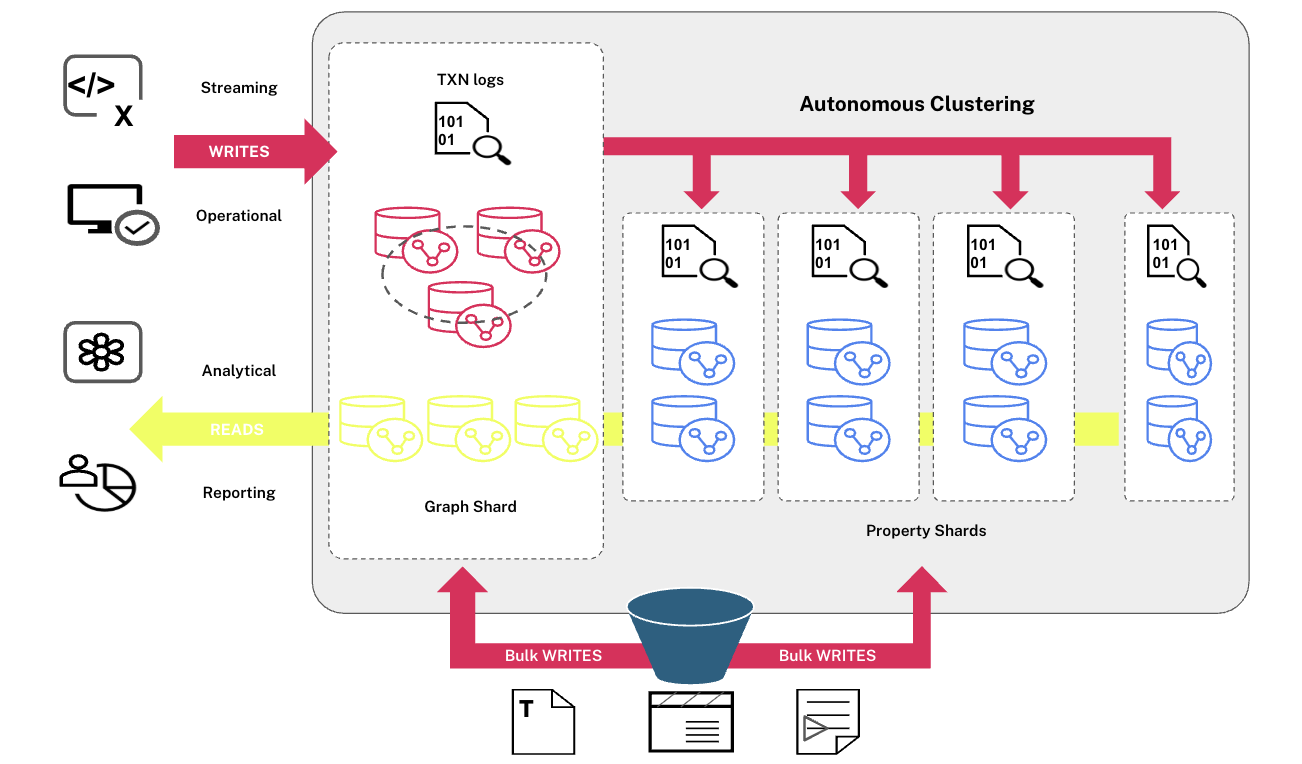Scale New Heights With Neo4j 5 Graph Database

Senior Manager of Product Marketing, Neo4j
4 min read


The next generation graph data platform from Neo4j is now generally available! Neo4j 5 unleashes orders-of-magnitude faster performance, unbounded scale, and unmatched agility to run Neo4j databases anywhere you want.
If you are in the business of answering complex questions with connected data, then you already know that Neo4j outperforms relational databases by a wide margin for queries where relationships are first-class citizens. In fact, the more complex the questions, the greater Neo4j’s performance lead.
Query Performance
Consider K-Hop queries, queries with a variable number of hops that also apply aggregation functions or calculations. Runtime optimizations by Neo4j engineers have made K-Hop queries – often used in fraud detection, discussion board, patient journey, supply chain tracking, etc. – a lot faster. Internal benchmarks have shown that for an 8-hop query, Neo4j 5 has improved performance by 1000x compared to its predecessor.
The Cypher clauses CONTAINS and ENDS WITH are widely used for filtering results by text properties. The new TEXT indexes implementation in Neo4j 5, based on trigrams, makes them up to hundreds of times faster.
Combined with other internal improvements and more optimized query planning, these new features make Neo4j 5 our fastest implementation ever.
Neo4j 5 also makes it even easier to write complex pattern-matching queries. Cypher now has syntax for label and relationship type expressions, allowing the user to specify Disjunction (OR), Negation (NOT), and Conjunction (AND) operators between individual labels and relationship types.
The performance and language improvements are available to Aura and self-managed Neo4j users.
Sharding and Fabric
Having blazingly fast answers to complex queries is great. But what if your data set grows to, say, billions of nodes and trillions of relationships? In other databases, you may run into performance limits and maintenance issues. This is when you may want to think about partitioning your very large graph into shards.
Since version 4, Neo4j has made it possible to read from your database shards as if they were a single graph, using Fabric. In Neo4j 5, now you can instantaneously create a Fabric database using Cypher’s Composite database command. Fabric also comes in handy when you want to create queries that span across multiple databases to bust the silos that hide insights and hinder collaboration. And in Neo4j 5, it has been enhanced to execute federated queries across data residing in multiple clusters.
Autonomous Clustering
If your audience is growing (and hence their demand for answers from your data), then you need Autonomous Clustering. Since version 3, it has been possible to run multiple Neo4j databases and scale them out to handle tens of thousands queries per second, and still perform at the milliseconds-latency that your customers want and deserve.
However, Autonomous Clustering in Neo4j 5 completely shifts the administrative burden from the operator to the software. All you have to do is declare how many primary or secondary copies you need and how you want those copies managed in the cluster, and your wish is Neo4j’s Cypher command. As the name says, Autonomous Clustering drastically reduces the manual effort required to scale out or in the number of servers hosting those databases in response to changes in throughput, and take full advantage of your infrastructure’s elasticity.
Agile Operations
Autonomous Clustering is not the only Neo4j 5 capability that makes your operations team more efficient and more agile in provisioning and managing Neo4j. Neo4j Ops Manager is a UI console that gives operators more administrative control and a bird’s eye view of operational metrics across databases, instances, and clusters.
In a big nod to modern DevOps practices and the shift to the cloud, starting with Neo4j 5 you’ll receive the latest and greatest innovations around the same time they are released to Aura. Plus Neo4j 5 has a simplified upgrade experience enabling you to skip minor versions with any-to-any version upgrades, and support in the autonomous clusters for zero-downtime rolling upgrades.
All these improvements make it easier and more efficient to run Neo4j Graph Database workloads on premises or the cloud of your choice, ensuring feature parity and compatibility with Aura so you can develop and test in Aura and run production on self-managed instances (or vice versa).
If you are already an Aura user, you never have to worry about administrative burdens or whether your database would be able to handle the extra load. Performance, scalability, and ease of operations are baked into Aura.
– Read What’s New in Neo4j 5 feature highlights.
– Download and try it. Or check it out in the AWS, Azure, and GCP marketplaces.
– Register for NODES 2022 to hear sessions dedicated to Neo4j 5:
| Date | Time | Title | Presenters |
|---|---|---|---|
| Nov 16 | 09:00 PT 17:00 GMT |
Graph Pattern Matching | Nadja Mueller and Petra Selmer |
| Nov 16 | 09:00 PT 17:00 GMT |
Introducing Neo4j 5 for Administrators | Stu Moore |
| Nov 16 | 10:20 PT 18:20 GMT |
Neo4j Ops Manager – Intro and Roadmap | Chris Shelmerdine |
| Nov 17 | 11:00 GMT | What’s New in Neo4j 5 and Aura 5 for Developers | John Stegeman |
| Nov 17 | 11:40 GMT 12:40 CET |
Index Changes in Neo4j 5 | Anton Persson |
| Nov 17 | 13:40 GMT | Neo4j 5 Foundations for Scale | Hugo Firth and Tobias Johansson |








